|
Genres, Themes, Actors, and Directors:
- Carnivals and Circuses
- Ingmar Bergman Films
- Midlife Crisis
- Scandinavian Films
Review:
Originally released in America as The Naked Night (and more literally translated as Night of the Clowns), Ingmar Bergman’s Sawdust and Tinsel is the first film by this famed Scandinavian director included in Peary’s book (where he lists no less than 18 of his titles in all). Though Bergman actually helmed a dozen other films before this one (and I’ll confess to not having seen any of these), it seems to me that Sawdust and Tinsel remains a worthy and historically relevant Bergman outing, given that it represents the famed director at both his most experimental (many elements of the film are redolent of German expressionism) and iconic (as several of his most prominent and personally relevant themes — relationships, infidelity, insecurity — are explored). Regardless of its placement within Bergman’s broader oeuvre, however, viewers will surely be surprised to find themselves so genuinely absorbed in this bizarre tale of circus-versus-stage, couched within both a serious midlife crisis and an overall crisis of identity.
Gronberg and Andersson (the latter bodaciously sensual and earthy) represent the presumed self-loathing of those involved in the “low-brow” world of circus/carnival life, while Ekman’s detestable Frans (what a villain!) personifies the arrogance of theatre, with its stereotypically bombastic self-adoration; meanwhile, Tretow’s Agda embodies the stability and peace of mind to (potentially) be found in a life far removed from performing. The various confrontations between these four characters — and the emotive clown “Frost” (Anders Ek), whose nightmare flashback opens the film — drive the narrative forward, as each is forced to contemplate exactly where they stand in the world, and how much power they ultimately possess over themselves, their lives, and others. It all sounds awfully heady — but really, Sawdust and Tinsel boils down to an elegant chamber piece about dominance, love, and fear. It’s played remarkably well by all the central performers, and is consistently stunning to look at: the cinematography by Bergman’s regular d.p., Sven Nyqvist, doesn’t disappoint in the slightest, and Bergman’s directorial hand is remarkably well-assured.
Redeeming Qualities and Moments:
- Harriet Andersson as Anne

- Aake Gronberg as Albert
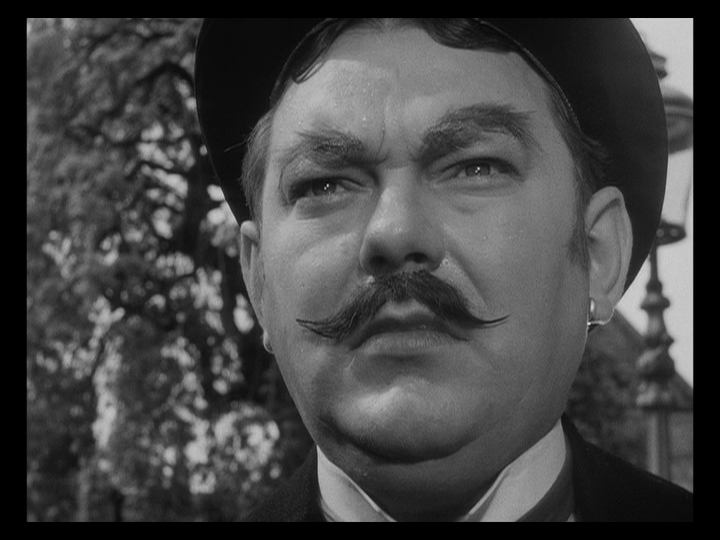
- Hasse Ekman as Frans
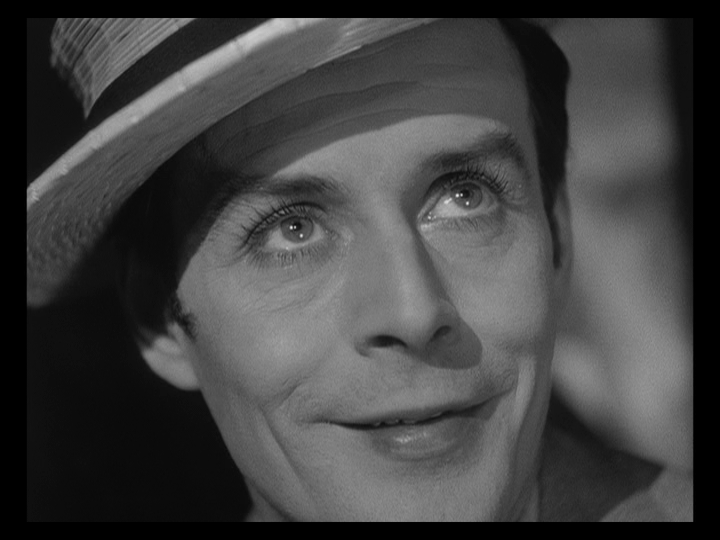
- Annika Tretow as Agda
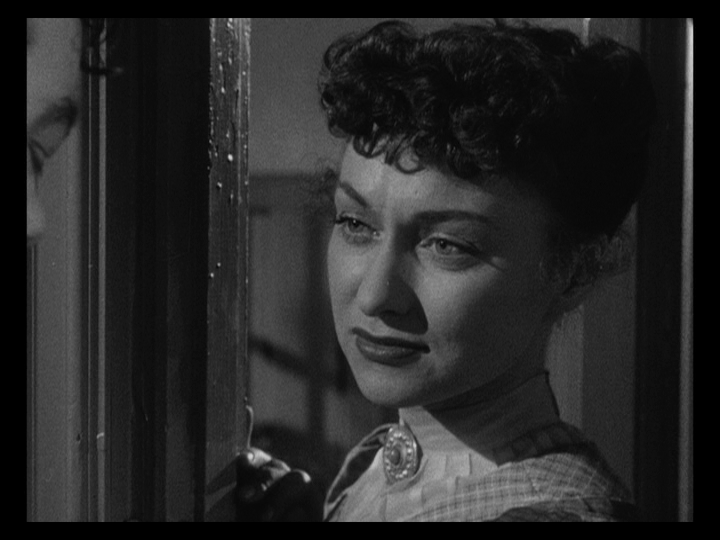
- Anders Ek as Frost
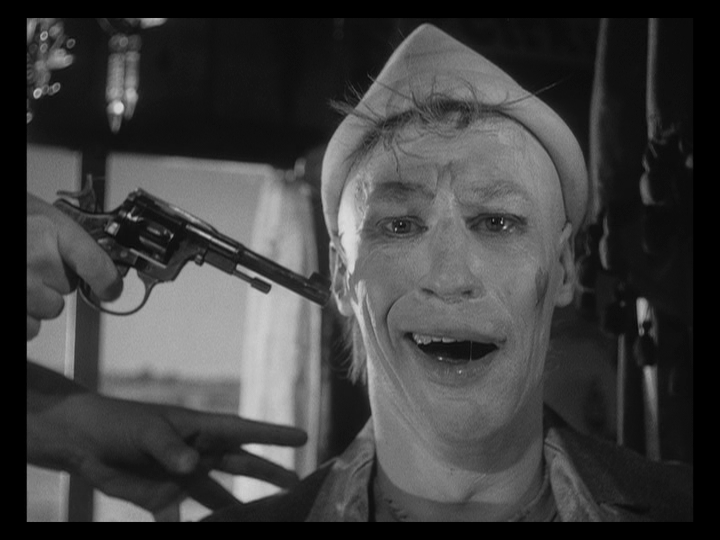
- Bergman’s masterful direction
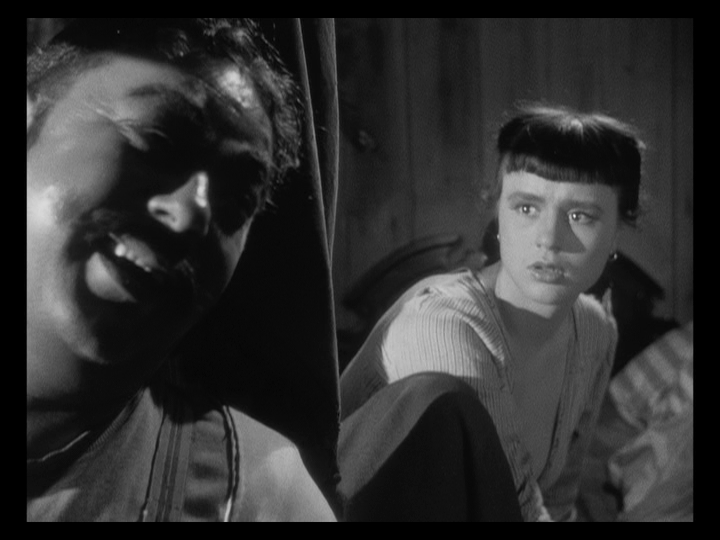
- Sven Nykvist’s cinematography
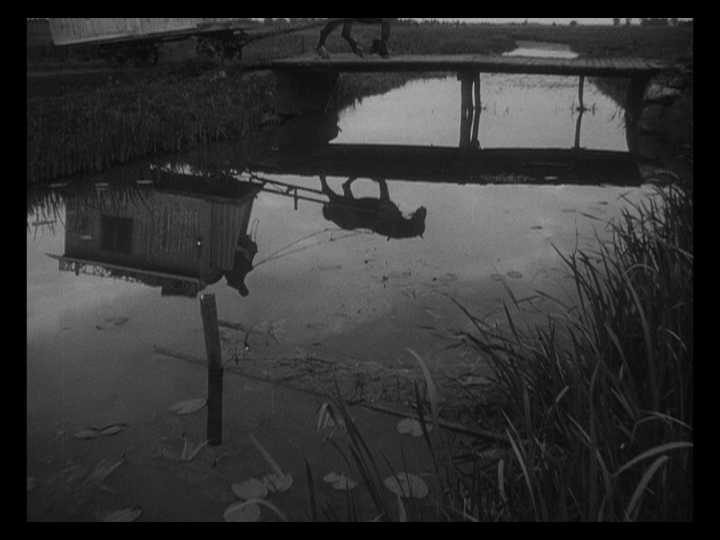
Must See?
Yes, as a powerful and haunting early film by a master director. Listed as a film with Historical Importance in the back of Peary’s book.
Categories
Links:
|
One thought on “Naked Night, The / Sawdust and Tinsel (1953)”
A once-must, at least – and I am in total agreement with the particularly accurate and smart assessment given above.
When it comes to some of the best of world filmmakers, some of their most memorable work is found in their earliest films – there’s a certain power, passion and energy that ignites them. That wasn’t really the case with Bergman’s first movies.
I don’t recall, off-hand, whether I’ve seen all of Bergman’s first films but the ones I’ve seen generally feel forced, not particularly relaxed or confident – as though he were still in search of his particular ‘voice’.
‘Sawdust and Tinsel’ (along with the same year’s ‘Summer with Monika’) is generally considered Bergman’s breakthrough film, justifiably so. Even though the review’s description does sound “heady”, I agree that it’s not a heady film at all. It’s rather simple and straightforward and the characters are pitted appropriately against each other.
Bergman’s work with actors is noticeably strong – exhibiting a strength that Bergman would maintain throughout his long and usually vibrant and impressive life as a filmmaker.
And his collaboration with DP Nykvist here is seamless in its precision and effect. The composition alone is stunning.
Viewers shouldn’t be fooled by the film’s simplicity. It may seem like a once-and-done flick, but an additional viewing at a later point can be just as valuable and satisfactory.